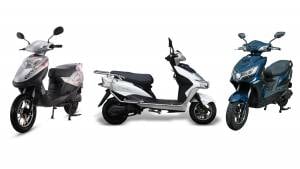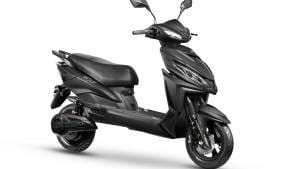Joy e-Bike Mihos: should you be jumping for (this) Joy?
The Joy-e-Bike Mihos may be almost indestructible in construct, but is it the EV scooter you need?

Joy e-Bike has been known to import its low-performance e-scooters and high-performance e-motorcycles from abroad in the past. And the company openly stated to Overdrive that it wanted to get on the EV scene, and introduce its vehicles in rural districts around the country, at a time when the infrastructure for EVs wasn't in place in India (and according to me it still isn't there yet). And for a company to openly state this is great, instead of trying to avoid the fact that it's importing existing products like some other brands. The brand has a claimed 70,000 customers across the country and we're told that the Mihos is the first high-performance scooter that the company have built in-house for India, from scratch, Joy are going to use all of its 200 dealerships across the country to push the scooter in metropolitan markets too. Sounds alright. But what is the scooter actually all about then? Let's find out.
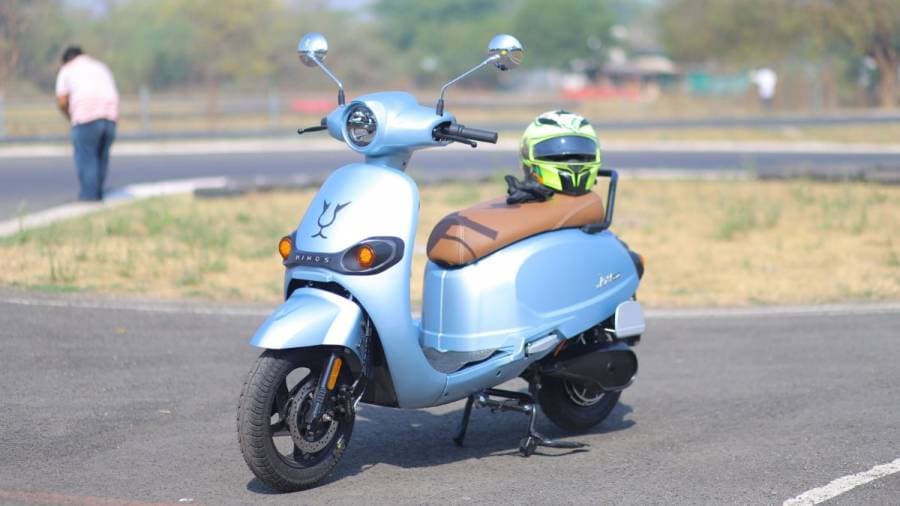
The Joy e-Bike Mihos exudes retro styling cues very old school Vespa/ Lambretta vibes with its round LED headlamp, curvy and simplistic front apron, the chrome mirrors and a spacious bench seat. However, elements like the TFT display, 12-inch wheels and LED lighting lend a touch of modernity to it all.
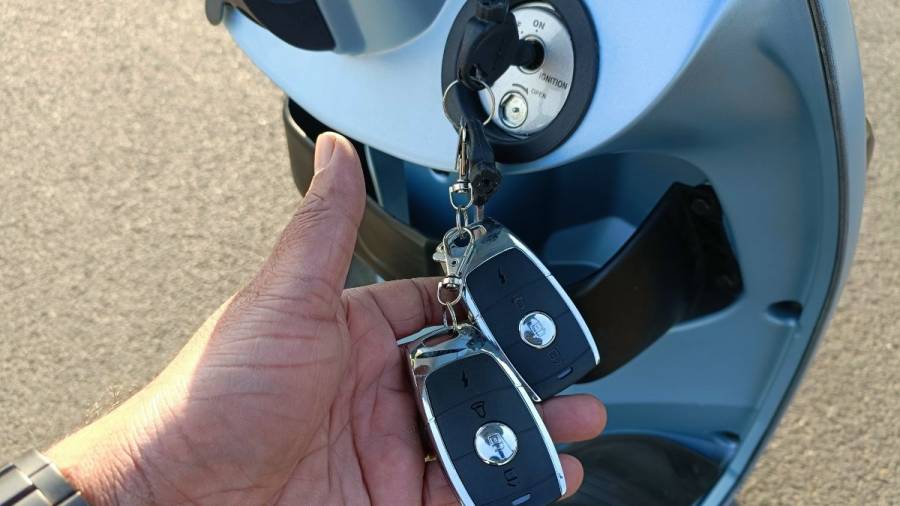
The big USP of the Joy e-Bike Mihos is the material its panels are made of. Almost all the body panels, barring its lights housings, are constructed using a material called Poly Dicyclopentadiene or PDCPD, which is extremely durable and resistant to high impacts. This makes it virtually indestructible and some journos even hammered away at a test vehicle with a heavy mallet. But I'm not convinced that it's the best proverbial trick to have up your sleeve if you were to take a toss while riding the Mihos, because if in that was unfortunately the case, although the panels would retain their shape, the paint on the panels in concern would be scratched off, making it quite an unpleasant sight. And there's also the fact that I for one don't plan on dropping the two-wheeler I ride very often.
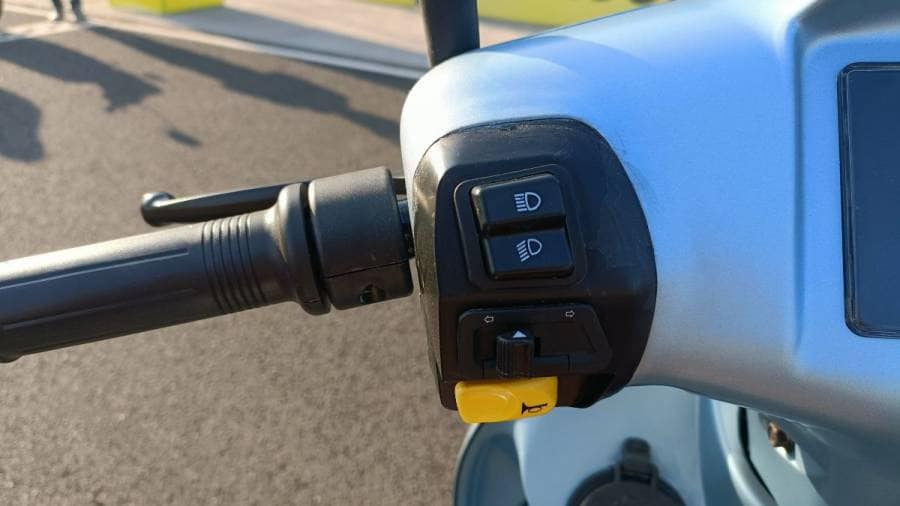
Joy e-Bike is offering a decent list of features on the Mihos electric scooter. These include a simple 4.3-inch colour TFT screen equipped with CAN connectivity functions and works as an instrument cluster displaying information like range, speed, SOC, ride modes and more. It also gets Bluetooth connectivity along with turn-by-turn navigation, and connected tech features like vehicle tracking, geo-fencing, riding behaviour and more. Other features include a USB charger and an LED illuminated under-seat storage.
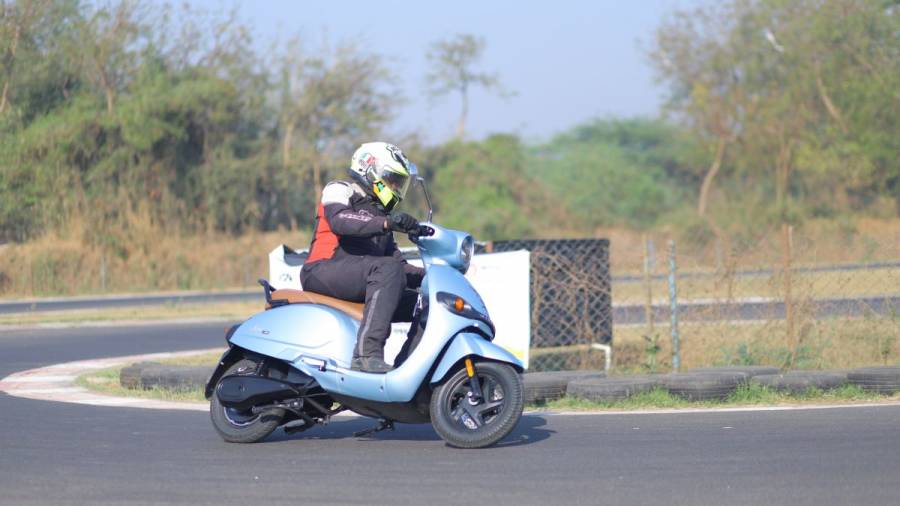
Powering the Mihos is a 1.5kWh hub-mounted electric motor that produces around 250Nm of peak torque. The scooter gets a 2.96kWh Lithium Nickel Manganese Cobalt (NMC) battery pack that is claimed to offer an IDC range of 130km and a 0-100 per cent charging time of 5hr. It gets three riding modes - Eco, Sport and Hyper, which alters the throttle response and speed according to the mode selected.
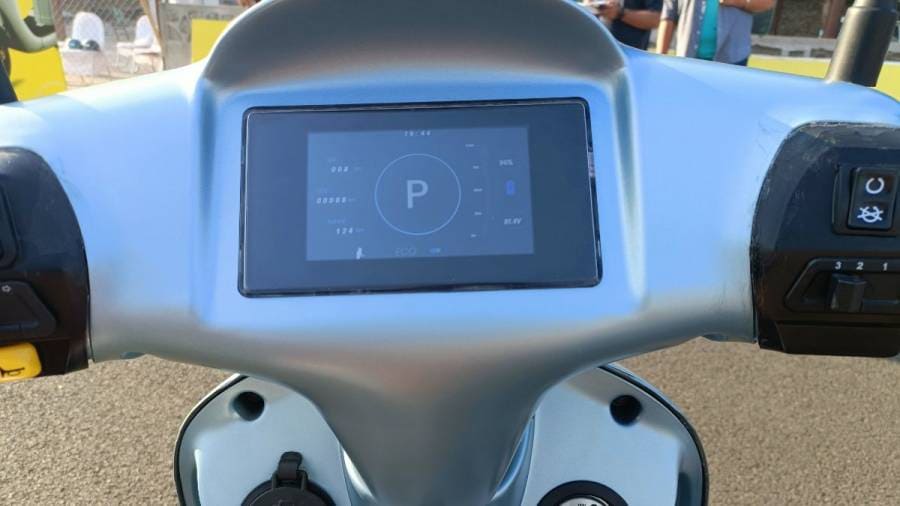
The e-scooter comes with three riding modes - Eco, Sports and Hyper, and all three offer different levels of performance. In Eco mode, energy is consumed sparingly and most efficiently where top speed is limited to 35kmph and the scooter is capable of running a maximum of 102km (claimed) on a single charge in the real world. Sports mode is marginally livelier where the scooter can achieve a top speed of 45kmph, however, in Hyper mode is where I'd usually be, with the top speed going up to an indicated 63kmph and to be honest, in this mode the scooter doesn't feel downright boring. But as you'd expect, the only trade-off here is that the range is almost halved. The Mihos doesn't come with the conventional reverse function like with the other electric scooters out here. What it gets is a reverse assist feature. So, when you waddle back while astride the scooter, the motor will gently assist you.
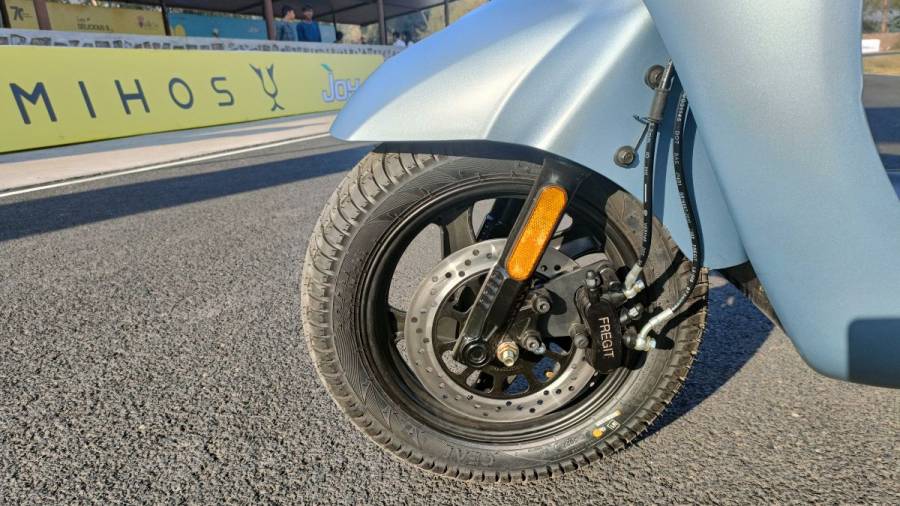
The Mihos rides on 12-inch wheels that are wrapped on 90/90 section tyres which offer a good amount of grip considering a vehicle of this stature. The suspension setup includes a telescopic fork up front and a mono-shock at the rear, while the scooter gets disc brakes at both ends.

Performance of the Mihos electric isn't something to really write home about. Even in the fastest 'Hyper' mode, the scooter builds momentum linearly and seeing 63kph light up on the display takes some time and effort. What's better though is the way this scooter handles, the Joy e-Bike Mihos impresses in the handling department. The under-bone chassis is nice and stiff, and the scooter changes directions effortlessly. It tips into corners without much effort and you can stick to your line nicely. The only grouse is that the side stand is located extremely low and scrapes the ground every time you lean the scooter on your left, which can be dangerous. As far as ride quality goes, well, the go-kart track that we tested the scooter on was in good shape, so the jury's out on that one. However, the brakes at both ends could offer more bike and be less nosy in their function.
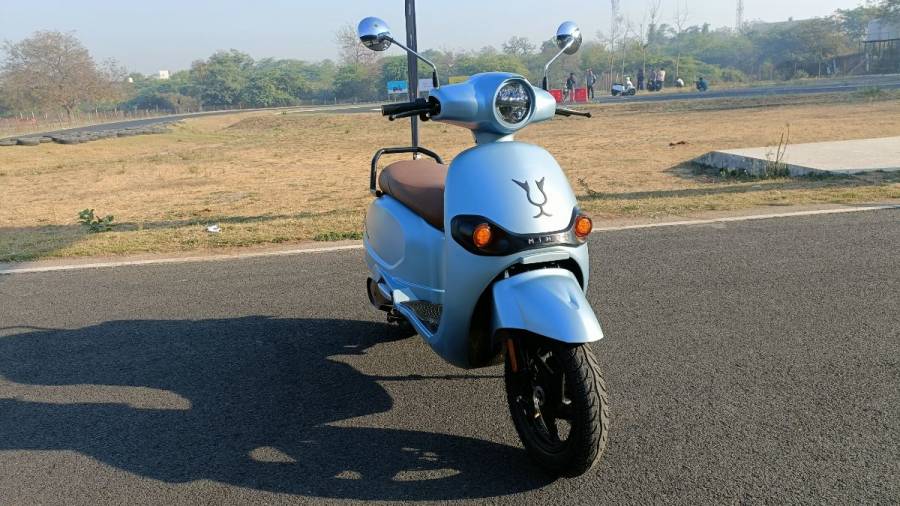
The Mihos scooters we were issued on this test ride were said to be hand-built pre-production models, and in terms of build quality, these scoots clearly had quality issues with the inconsistent panel gaps, shabbily finished parts and even some low rent switchgear. Now the company have mentioned that the final production versions of the scooters will have all these issues rectified before they are rolled out into the market in April 2023, but we'll believe it when we see it. Overall, the Mihos scooter is a valiant step in the right direction for the company, but it still seems a bit rough around the edges when you consider the refinement of its tried, tested and more established competition from Ather and Ola.
